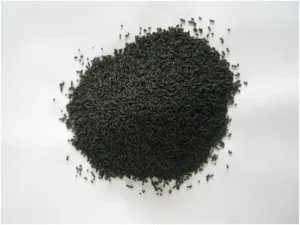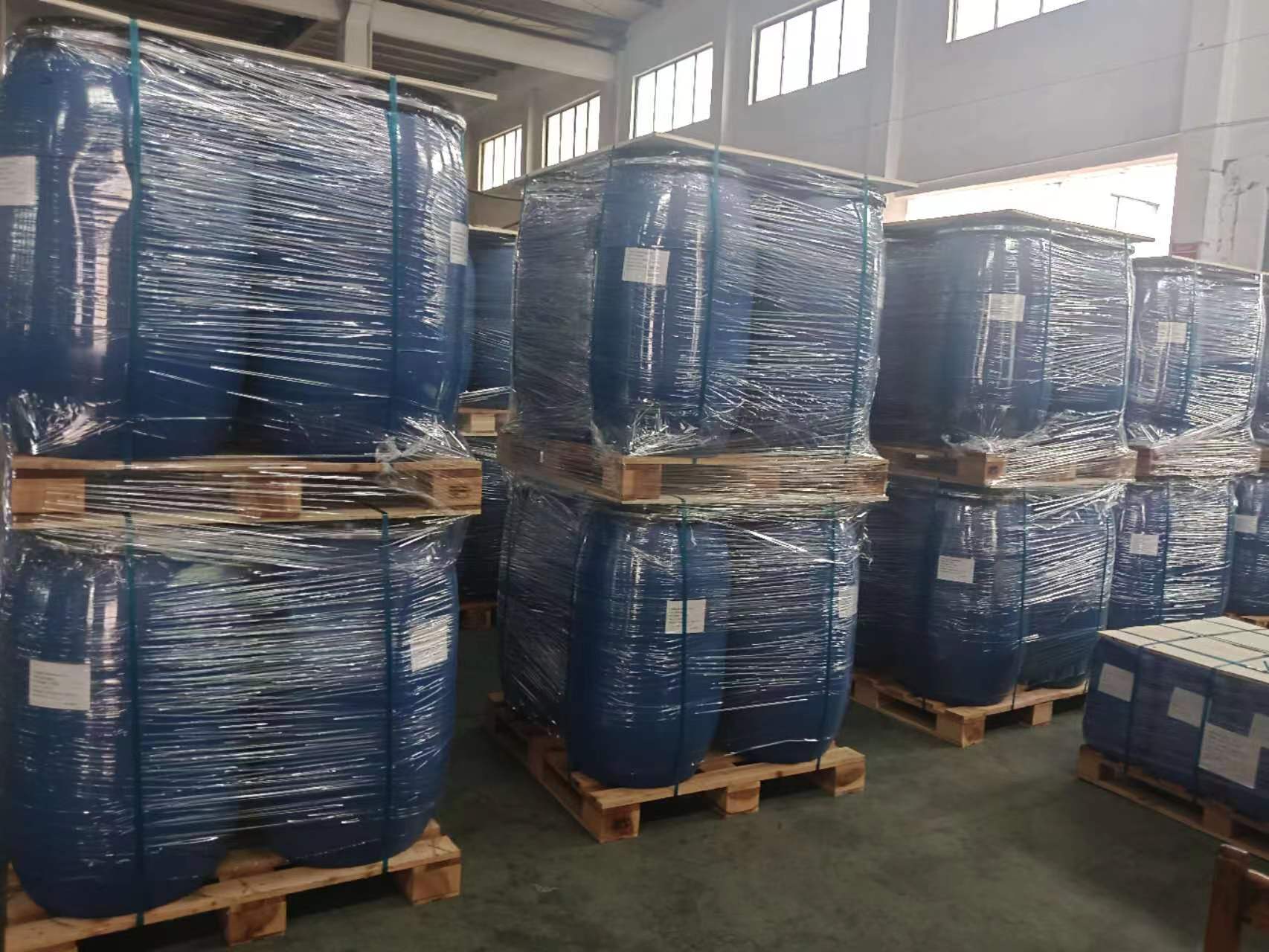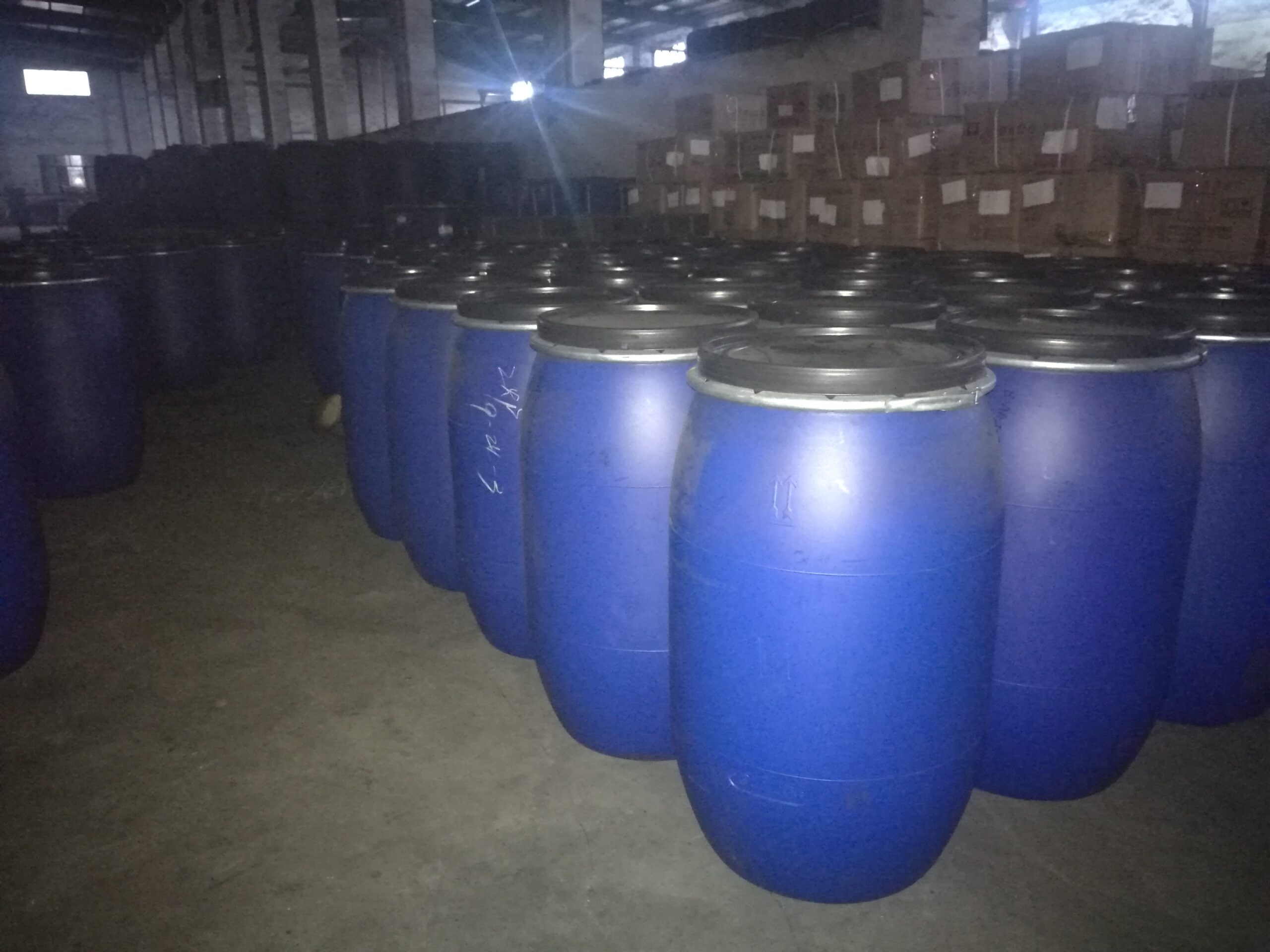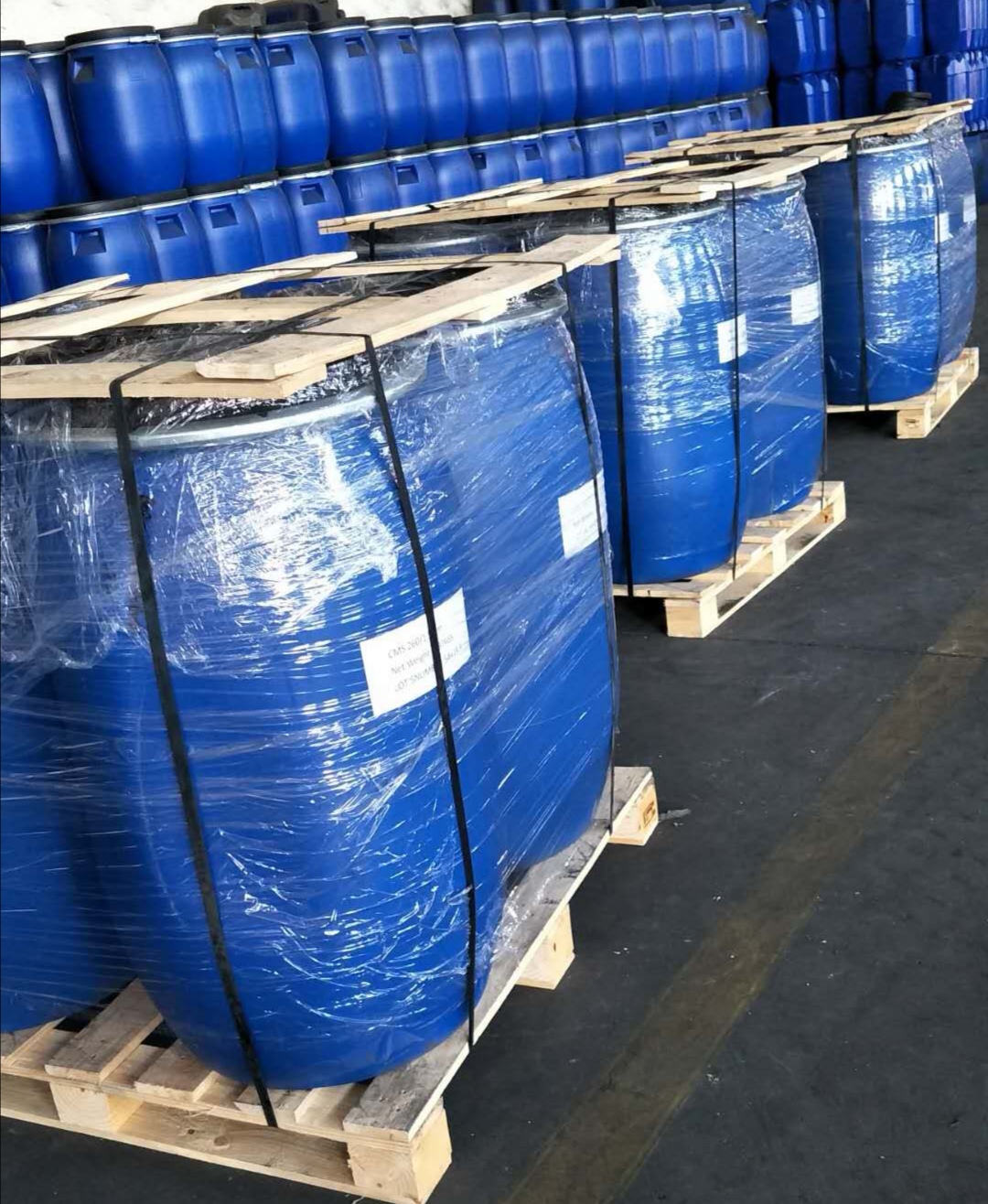Comparison of Pressure Swing Adsorption Nitrogen Production and Membrane Separation Nitrogen Production
PSA pressure swing adsorption nitrogen production (Pressure Swing Adsorption) and membrane separation nitrogen production (Membrane Separation) are two mainstream nitrogen production technologies in industry, each with its own advantages and disadvantages, and suitable for different scenarios. Here is a detailed comparison of the two:

1. Working principle
PSA pressure swing adsorption nitrogen production
It utilizes the difference in adsorption capacity of zeolite molecular sieves (such as carbon molecular sieves) for oxygen and nitrogen (oxygen has a stronger adsorption capacity). Through a cycle of pressurized adsorption of oxygen and depressurized desorption of oxygen, nitrogen is separated.
Usually, two adsorption towers need to work alternately to achieve continuous nitrogen production.
Membrane separation nitrogen production
It utilizes the difference in gas permeation rate of hollow fiber membranes (oxygen and water vapor permeate quickly, while nitrogen permeates slowly). It achieves nitrogen enrichment under pressure drive.
When gas passes through the membrane material, small molecules such as oxygen preferentially pass through the membrane wall and are discharged, while nitrogen is retained as the product gas.
2. Key performance comparison Parameters
PSA nitrogen production
Membrane separation nitrogen production
Nitrogen purity: High (95% – 99.999%) or low (95% – 99.5%)
Flow range: Suitable for medium to large flow rates (1 – 5000 Nm³/h). More suitable for medium and small flow rates (< 1000 Nm³/h)
Energy consumption: Higher (requiring frequent pressurization/depressurization). Lower (no moving parts, low pressure requirements)
Start-up speed: Slower (requiring preheating or circulation establishment). Fast (instant gas output)
Maintenance requirements: Higher (sintered media aging, valve wear). Low (no moving parts, membrane lifespan 5 – 10 years)
Volume and weight: Larger (requires adsorption towers and compression systems). Compact and lightweight (modular design)
Environmental sensitivity: Sensitive to oil and water (requires pre-treatment). Sensitive to oil and water (requires strict pre-treatment)

3. Summary of advantages and disadvantages
PSA nitrogen production
Advantages:
High purity, meeting high-end requirements in food, electronics, chemical industries, etc.
Strong stability, suitable for continuous large-scale production.
Disadvantages:
Complex equipment, high investment and operation costs.
High energy consumption, requiring periodic switching of adsorption towers.
Membrane separation nitrogen production
Advantages:
Simple structure, flexible movement (suitable for vehicle-mounted, offshore platforms).
Low energy consumption, low noise, suitable for distributed gas supply.
Disadvantages:
Purity is limited by membrane performance and inlet conditions.
Membranes are prone to contamination, requiring strict filtration pre-treatment.
4. Selection of application scenarios
Choose PSA nitrogen production:
High purity nitrogen is needed (such as in the electronics industry, laser cutting).
Large flow rate continuous production (such as in chemical, metallurgy).
Choose membrane separation nitrogen production:
Space is limited or movement is required (such as in oil fields, ships).
Medium and low purity, small flow rate scenarios (such as in food packaging, tire inflation).
5. Other considerations
Cost: PSA has a high initial investment but better long-term economic performance; membrane separation equipment is cheap but the cost of membrane replacement needs to be evaluated.
Air source quality: Compressed air with high oil or moisture content requires additional pre-treatment; otherwise, both technologies will be affected.
Expandability: PSA can be expanded by adding adsorption towers; membrane separation requires adding membrane components. Conclusion
Pursuing high purity → Better PSA.
Emphasizing energy conservation, portability, and simple maintenance → Membrane separation is more suitable.



